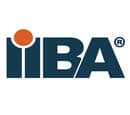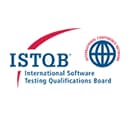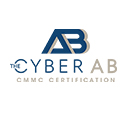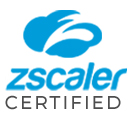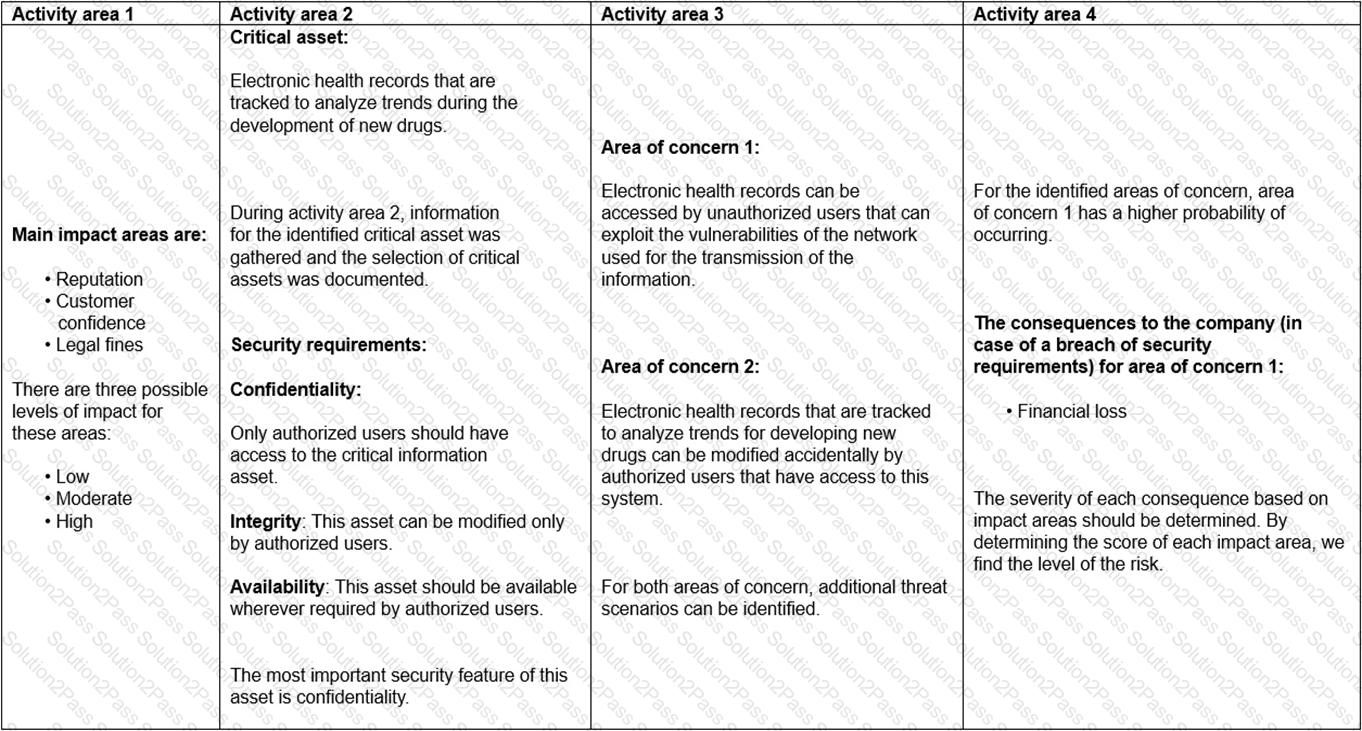PECB ISO-IEC-27005-Risk-Manager Practice Test Questions Answers
Exam Code: ISO-IEC-27005-Risk-Manager
(Updated 60 Q&As with Explanation)
Exam Name: PECB Certified ISO/IEC 27005 Risk Manager
Last Update: 26-Dec-2025
Demo:
Download Demo
Questions Include:
ISO-IEC-27005-Risk-Manager Overview
PECB ISO-IEC-27005-Risk-Manager Exam Overview
| Exam Feature | Details |
|---|---|
| Exam Name | ISO/IEC 27005 Risk Manager |
| Exam Code | ISO-IEC-27005-Risk-Manager |
| Vendor | PECB |
| Exam Duration | 3 hours |
| Number of Questions | 80 |
| Passing Score | 70% |
| Exam Fee | €700 (varies by country) |
| Prerequisites | ISO 27001 Foundation (recommended) + 2 years risk management experience |
| Delivery Method | Online proctored or test center |
| Validity | 3 years |
| Question Types | Essay, scenario-based, multiple-choice |
| Difficulty Level | Advanced |
Other PECB Exams
- NIS-2-Directive-Lead-Implementer Exams
- ISO-IEC-27035-Lead-Incident-Manager Exams
- ISO-14001-Lead-Auditor Exams
- ISO-IEC-42001-Lead-Auditor Exams
- GDPR Exams
- ISO-45001-Lead-Auditor Exams
- ISO-22301-Lead-Implementer Exams
- ISO-IEC-20000-Foundation Exams
- Lead-Cybersecurity-Manager Exams
- ISO-9001-Lead-Auditor Exams
- ISO-IEC-27001-Lead-Auditor Exams
- ISO-IEC-27001-Lead-Implementer Exams
Reliable Solution To Pass ISO-IEC-27005-Risk-Manager ISO/IEC 27005 Certification Test
Our easy to learn ISO-IEC-27005-Risk-Manager PECB Certified ISO/IEC 27005 Risk Manager questions and answers will prove the best help for every candidate of PECB ISO-IEC-27005-Risk-Manager exam and will award a 100% guaranteed success!
Why ISO-IEC-27005-Risk-Manager Candidates Put Solution2Pass First?
Solution2Pass is ranked amongst the top ISO-IEC-27005-Risk-Manager study material providers for almost all popular ISO/IEC 27005 certification tests. Our prime concern is our clients’ satisfaction and our growing clientele is the best evidence on our commitment. You never feel frustrated preparing with Solution2Pass’s PECB Certified ISO/IEC 27005 Risk Manager guide and ISO-IEC-27005-Risk-Manager dumps. Choose what best fits with needs. We assure you of an exceptional ISO-IEC-27005-Risk-Manager PECB Certified ISO/IEC 27005 Risk Manager study experience that you ever desired.
A Guaranteed PECB ISO-IEC-27005-Risk-Manager Practice Test Exam PDF
Keeping in view the time constraints of the IT professionals, our experts have devised a set of immensely useful PECB ISO-IEC-27005-Risk-Manager braindumps that are packed with the vitally important information. These PECB ISO-IEC-27005-Risk-Manager dumps are formatted in easy ISO-IEC-27005-Risk-Manager questions and answers in simple English so that all candidates are equally benefited with them. They won’t take much time to grasp all the PECB ISO-IEC-27005-Risk-Manager questions and you will learn all the important portions of the ISO-IEC-27005-Risk-Manager PECB Certified ISO/IEC 27005 Risk Manager syllabus.
Most Reliable PECB ISO-IEC-27005-Risk-Manager Passing Test Questions Answers
A free content may be an attraction for most of you but usually such offers are just to attract people to clicking pages instead of getting something worthwhile. You need not surfing for online courses free or otherwise to equip yourself to pass ISO-IEC-27005-Risk-Manager exam and waste your time and money. We offer you the most reliable PECB ISO-IEC-27005-Risk-Manager content in an affordable price with 100% PECB ISO-IEC-27005-Risk-Manager passing guarantee. You can take back your money if our product does not help you in gaining an outstanding ISO-IEC-27005-Risk-Manager PECB Certified ISO/IEC 27005 Risk Manager exam success. Moreover, the registered clients can enjoy special discount code for buying our products.
PECB ISO-IEC-27005-Risk-Manager Exam Topics Breakdown
| Domain | Key Topics | Weightage | # of Questions |
|---|---|---|---|
| 1. Risk Management Concepts (20%) | - Risk terminology - Risk assessment methodologies - ISO 31000 principles |
20% | ~16 |
| 2. ISO/IEC 27005 Framework (30%) | - Risk identification - Risk analysis/evaluation - Risk treatment options |
30% | ~24 |
| 3. Implementation (25%) | - Risk assessment process - Asset valuation - Risk communication |
25% | ~20 |
| 4. Monitoring & Review (15%) | - Risk monitoring - Risk review process - Continuous improvement |
15% | ~12 |
| 5. Integration with ISMS (10%) | - ISO 27001 alignment - Documentation - Audit preparation |
10% | ~8 |
PECB ISO-IEC-27005-Risk-Manager ISO/IEC 27005 Practice Exam Questions and Answers
For getting a command on the real PECB ISO-IEC-27005-Risk-Manager exam format, you can try our ISO-IEC-27005-Risk-Manager exam testing engine and solve as many ISO-IEC-27005-Risk-Manager practice questions and answers as you can. These PECB ISO-IEC-27005-Risk-Manager practice exams will enhance your examination ability and will impart you confidence to answer all queries in the PECB ISO-IEC-27005-Risk-Manager PECB Certified ISO/IEC 27005 Risk Manager actual test. They are also helpful in revising your learning and consolidate it as well. Our PECB Certified ISO/IEC 27005 Risk Manager tests are more useful than the VCE files offered by various vendors. The reason is that most of such files are difficult to understand by the non-native candidates. Secondly, they are far more expensive than the content offered by us. Read the reviews of our worthy clients and know how wonderful our PECB Certified ISO/IEC 27005 Risk Manager dumps, ISO-IEC-27005-Risk-Manager study guide and ISO-IEC-27005-Risk-Manager PECB Certified ISO/IEC 27005 Risk Manager practice exams proved helpful for them in passing ISO-IEC-27005-Risk-Manager exam.

